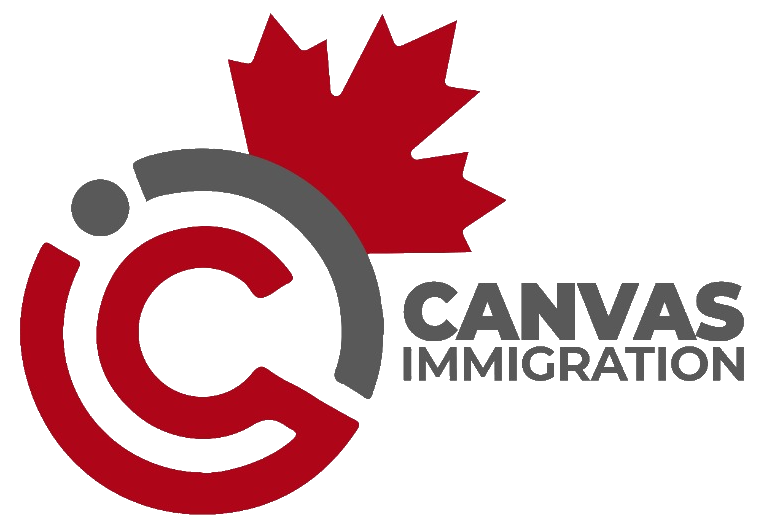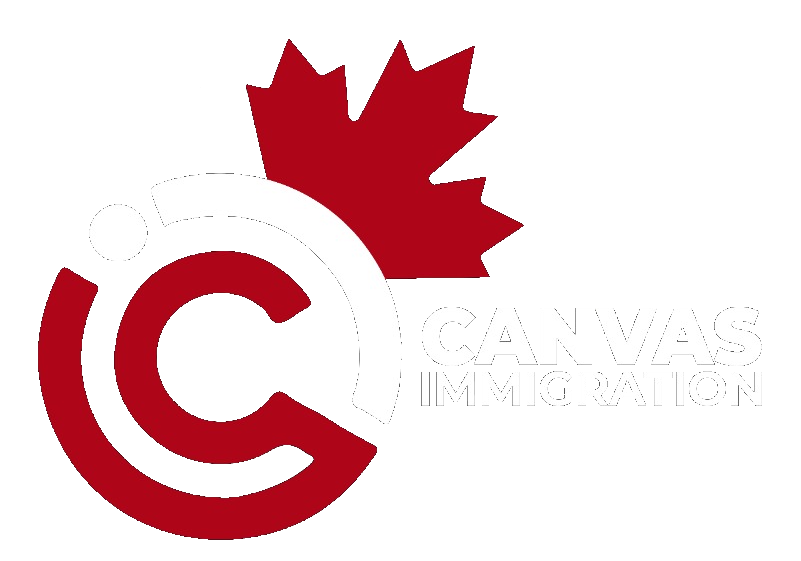The International Experience Canada (IEC) 2025 quotas have been surrounded by uncertainty, especially following the announcement of cuts to the number of temporary work permits available. However, despite the changes, it’s clear that the IEC program has managed to avoid some of the worst impacts. While challenges remain, applicants can still make their way to Canada through this popular initiative.
In addition to IEC, those affected by quota reductions may want to consider exploring Canada’s new permanent residency pathways for 2025. These pathways can offer additional routes to living and working in Canada. Here’s an in-depth look at the key trends, including the biggest winners and the largest decreases in quotas, and what to expect moving forward.
The 2025 IEC – Highs and Lows
The IEC 2025 season has been marked by a mix of substantial wins and unexpected losses. Some countries have seen their quotas reduced significantly, while others have maintained or even increased their allocation. Here’s a breakdown of the countries that are most affected:
Countries with the Highest and Lowest Quotas
Several countries continue to dominate the IEC program with substantial quotas for Working Holidays, Young Professionals, and International Co-op categories.
- South Korea remains at the top with 10,000 spots for Working Holiday visas, marking a slight drop from 11,625 in previous years. However, it still stands as one of the largest quotas available.
- France maintains its strong presence with over 13,000 spots distributed across various categories, including 6,615 for Working Holiday, 3,950 for International Co-op, and 2,080 for Young Professionals.
- The United Kingdom follows closely with 9,000 Working Holiday spots and 900 for Young Professionals, marking a solid year despite some decreases elsewhere.
- Australia and Finland stand out as exceptions, as they are not limited by quotas for any IEC category. If you hold an Australian or Finnish passport, there’s essentially no cap on participation, providing a rare opportunity.
On the other hand, some countries have seen significant reductions in their IEC quotas. These decreases could make it more challenging for applicants to secure their spots:
- Ireland witnessed the largest reduction in 2025, with a massive 6,700 fewer spots in the Working Holiday category. However, considering that Ireland didn’t fill its quota last year, the practical impact is somewhat softened.
- Taiwan experienced a notable drop in its Working Holiday allocation, with spots shrinking from 3,340 to 940, reducing the available opportunities for Taiwanese citizens.
- Costa Rica saw a dramatic cut of 1,040 spots, with only 80 available for the Working Holiday program, making it significantly harder for Costa Ricans to secure a spot.
- Other countries with noticeable cuts include Portugal and Poland, which both saw reductions in their Working Holiday programs.
Countries with Uncertainty: To Be Announced (TBA)
Several countries have not yet had their quotas confirmed for the 2025 season. This has left applicants in limbo, waiting for updates on the exact number of spots available:
- Germany and Japan are two major players, particularly in the Working Holiday category. Given their past contributions, any changes to their quotas could significantly impact the overall IEC landscape.
- Czech Republic and Chile are also awaiting their 2025 numbers, with applicants in these countries watching closely to see how the adjustments will play out.
Key Takeaways for Applicants
As the 2025 IEC season kicks off, here are a few crucial insights to help you prepare:
1. Monitor Quota Updates Regularly
Countries with “To Be Announced” quotas, such as Germany and Japan, can have a big impact once their numbers are released. It’s important to stay updated on the latest announcements from Immigration, Refugees and Citizenship Canada (IRCC).
2. Apply Early and Stay Prepared
Whether you’re applying from a high-quotient country like South Korea or facing the challenge of reduced quotas like Costa Rica, applying early can make a significant difference. With some countries seeing reduced spots, competition is expected to rise, so entering the pool as soon as possible can increase your chances.
3. Explore other Immigration pathways
It may be helpful to explore alternative pathways for permanent residency in Canada in 2025. Options such as Express Entry, Provincial Nominee Programs (PNP), and study permits can offer additional opportunities to live and work in Canada.
New Canada PR Pathways in 2025
In 2025, Canada is set to introduce new pathways to Permanent Residency (PR) to address labor market needs and support community development. These initiatives aim to attract skilled workers to specific sectors and regions across the country. Here’s a quick overview of the new pathways:
1. Enhanced Caregiver Pilot Programs
These pilots, replacing older programs, offer home child care providers and home support workers PR upon arrival. Workers can now also provide part-time or temporary care to semi-independent individuals.
2. Rural Community Immigration Pilot
Building on the success of the RNIP, this pilot will help small rural communities address labor shortages. Candidates need work experience (or meet criteria as international graduates) and a job offer from a designated employer.
3. Francophone Community Immigration Pilot
This initiative focuses on French-speaking newcomers to strengthen francophone communities outside Quebec. Applicants must demonstrate NCLC Level 5 French proficiency and work experience or meet criteria as international graduates.
4. Manitoba’s West Central Immigration Initiative
Manitoba’s pilot addresses rural labor shortages in seven municipalities. Over three years, it plans to bring 240–300 skilled workers to the region, collaborating with local communities and First Nations organizations.
By exploring these pathways and understanding their eligibility criteria, you can diversify your chances of gaining permanent residency in Canada, even with a reduced quota from your country. Each program offers unique advantages and requirements, so it’s important to assess which option aligns best with your qualifications and long-term goals.
Moreover, understanding the shifts in 2025 IEC quotas is crucial for applicants who are hoping to participate in this year’s program. While some countries have seen their spots increased, others have experienced sharp reductions. Regardless of these changes, the best strategy is to apply early, stay informed about quota updates, and be prepared to adapt if necessary.
The IEC 2025 program remains a popular choice for young professionals looking to experience life in Canada, and by staying proactive, you can improve your chances of success.
Add ImmigCanada to Your Google News Feed

